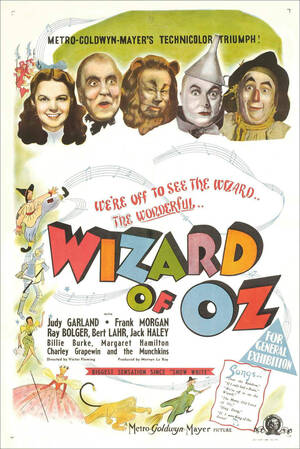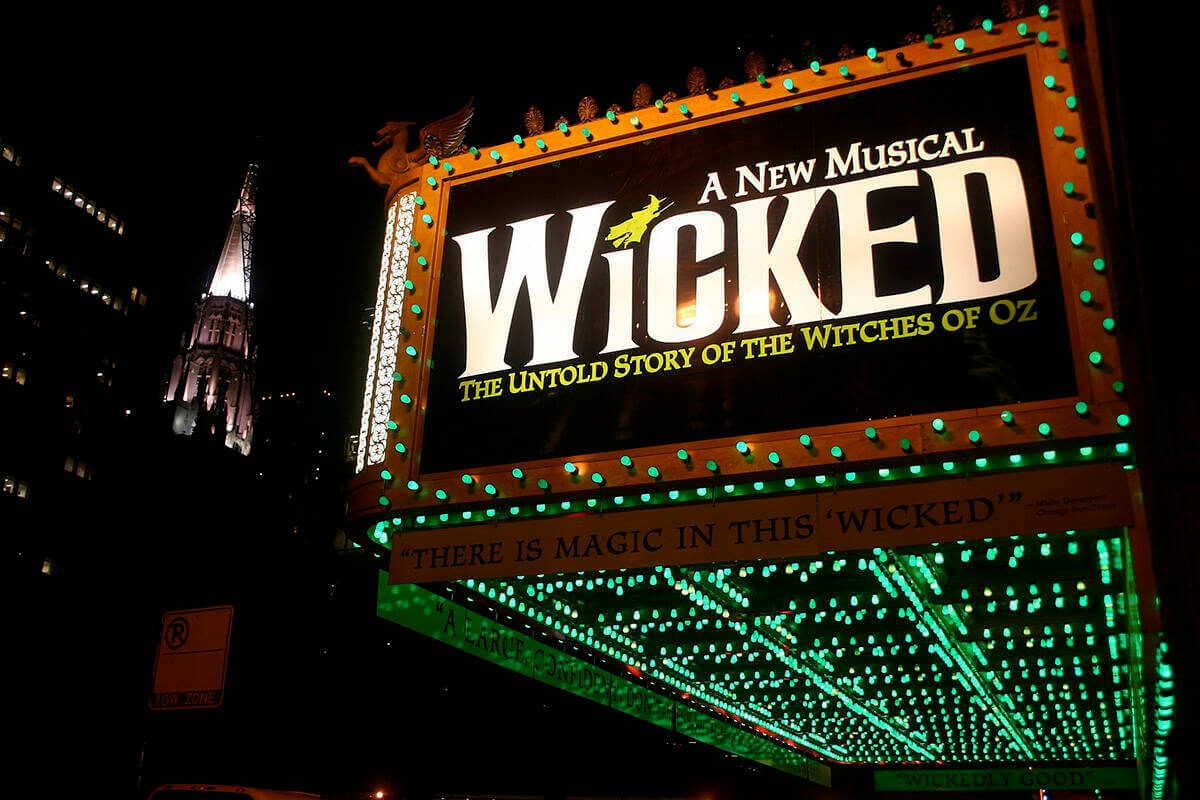In 1900, when L. Frank Baum wrote The Wonderful Wizard of Oz, he said the story “was written solely to please children of today.” Little did he know, his book would become a cultural phenomenon and endure in the hearts and minds of Americans for over a century. From print sequels to Broadway shows, comic books, games and screen versions — including the beloved 1939 musical — the world of Oz that Baum invented has been adapted and reimagined countless times.
What can this enduring popularity tell us about American culture? This semester, students in the American studies course “Adapting Oz” are using the Wizard of Oz and its wealth of adaptations to examine shifting American mythologies.
Stories, professor Darlene Hampton says, “make sense of who we are, our place in the world, everybody else’s place in the world.”
But the stories we tell are not neutral. They reflect the perspectives and values of those who tell them. “Stories are about power,” she says.
This is evident in the many Wizard of Oz adaptations over the last century. Each adaptation reflects the values and concerns of its time.
The Wonderful Wizard of Oz was written at the close of the frontier, espousing American fantasies about westward expansion and manifest destiny.

The beloved film The Wizard of Oz, starring Judy Garland, brought Baum’s story to life, producing some of its most remembered emblems, including ruby red slippers and the timeless melody “Over the Rainbow.” The revolutionary use of new technicolor technology produced colorful and vibrant imagery for the first time, providing viewers an escape from the reality of the Great Depression and impending Second World War, all while celebrating the patriotic idea of home.
In fact, the idea of home is one of the themes Hampton’s class uses to trace the adaptations of Oz — along with magic, race and gender. Adaptations over the decades have reflected sociocultural changes and tensions in American society, particularly surrounding race and gender.
Baum created Oz as an idealistic and harmonious — but also very segregated — world. This perspective is a product of Baum’s own beliefs, evident in some of his other works calling for the genocide of Native Americans, but also the time period in which he wrote.
While the original stories and early adaptations catered to the white middle class, some that came later introduced more diverse representations of race. The hit 1974 Broadway musical The Wiz, and the less successful 1978 film, featured Black Americans for the first time.
In The Wiz, Oz is no longer a distant land, it’s New York City. And Dorothy is a kindergarten teacher in her mid 20s.
The film stars Diana Ross as Dorothy and Michael Jackson as the scarecrow — stuffed with trash, not straw. In his first scene, the scarecrow is being harassed by crows who belittle his intelligence and keep him strung up on his pole.
“It’s the forces of Jim Crow, the forces of institutional racism that are holding the Scarecrow in place,” Hampton says.
Dorothy’s role as a teacher is also important, a nod to the importance of education as she helps the scarecrow escape from his restraints.
“The story is similar. But it’s also the story of the Black American experience after the civil rights movement in the 1970s,” Hampton says about how The Wiz differs from the original tale.

The hit 2003 Broadway musical Wicked, based loosely on the 1995 novel by Gregory Maguire, explores the backstory of the Wicked Witch of the West. It portrays the relationship between Glinda the Good Witch and Elphaba, the Wicked Witch, prompting audiences to question their preconceived notions of what is “good” and what is “wicked.” It is a story of friendship and love, but also of discrimination and injustice.
By deep-diving into these adaptations of the Wizard of Oz, students in the “Adapting Oz” course are able to unravel the narrative of Baum’s original story and its cultural applications.
“‘Adapting Oz’ has helped me see how media is both a reflection and production of cultural narratives, and that certain perspectives tend to be privileged over others,” senior American Studies major Carolyn Nagengast says. “Fiction or not, the stories that we tell ourselves are important in shaping our identities. When read and viewed in conversation with each other, it becomes clear that the various adaptations of the Wizard of Oz reflect a slightly different American experience.”
In addition to discussing the cultural significance of the Wizard of Oz, students also study the theories of adaptation. Adaptation studies is a field that examines how stories change when they are transformed from one form of engagement to another.
Students are assigned several book, film and television adaptations of the Wizards of Oz, but also read a comic book, listen to music from Wicked, play board and video games, and watch a 2022 Spanish film called Rainbow.
At the end of the course, students will work in groups to create their own creative adaptation of the Wizard of Oz, combining their studies of previous adaptations with their own perspectives, ideas and interpretations.
In their own bids to return to Oz, they will explore how the children’s tale has stood the test of time, remaining fluid and continuing, even today, to develop alongside national values and culture — a quintessential American fairytale.
Emma Ackerley, a senior studying anthropology, global affairs and journalism, is this magazine's spring 2023 intern.